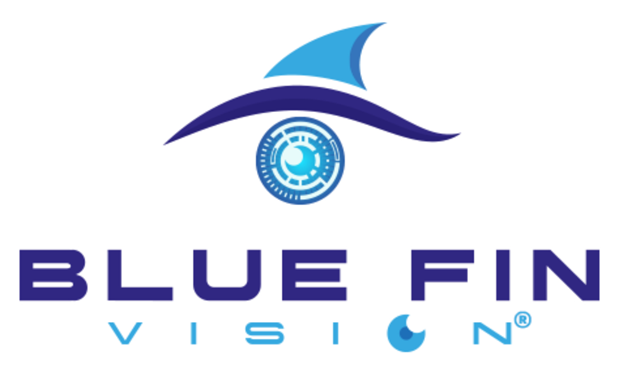What Is Refractive Lens Exchange? A Information to Modern Vision Improvement
What Is Refractive Lens Exchange? A Information to Modern Vision Improvement
Blog Article

Developments in ophthalmology have revolutionized just how we right vision. From laser-based techniques to intraocular Lens options, people nowadays have a wide variety of possibilities designed for their specific visual needs. Among the most prominent techniques are Refractive lens exchange.Each treatment provides a particular function and is suitable for different age ranges, Eye conditions, and life style preferences.
Lens Replacement Surgery and Refractive Lens Exchange are tightly connected practices applied mostly for persons around 40 who are encountering presbyopia or are not excellent individuals for laser perspective correction. In that technique, the organic Lens of a person's eye is changed by having an synthetic intraocular Lens (IOL) to boost concentration and reduce addiction on cups or contact lenses. It is particularly necessary for individuals with high refractive problems or those looking for a long-term option that also removes the risk of potential cataract development.
ICL Surgery requires the implantation of a smooth, variable Lens behind the iris and before the organic lens. Unlike Lens Replacement, ICL does not eliminate the normal Lens, which makes it a reversible procedure. It's highly ideal for younger people with slim corneas or individuals with moderate to large degrees of nearsightedness that are maybe not great prospects for LASIK or PRK. Among the key benefits of ICL could be the storage of corneal muscle, which is often crucial for long-term ocular health.
Cataract Surgery is frequently conducted once the organic Lens becomes clouded, usually as a result of aging. During this technique, the dark Lens is removed and replaced with an obvious IOL. Technical advances have produced cataract surgery safer, faster, and more precise, often increasing both perspective quality and over all quality of life.
Laser Eye Surgery, including LASIK, continues to be certainly one of the most used practices for correcting refractive problems such as for example myopia, hyperopia, and astigmatism. LASIK involves reshaping the cornea employing a accurate laser to allow light entering the eye to be precisely focused onto the retina. The email address details are generally quick, and recovery instances are short. LASIK is great for people with stable prescriptions and adequate corneal thickness.
Selecting the most appropriate perspective modification method depends on a few factors, including age, prescription, corneal health, lifestyle, and particular expectations. A comprehensive Eye examination conducted with a qualified ophthalmologist is essential in determining the absolute most proper therapy path.
To conclude, contemporary perspective correction techniques are secure, effective, and extremely customizable. If you are seeking to eradicate your dependence on corrective contacts or address age-related improvements in vision, today's advanced operative possibilities provide reliable and sustained results. With the right evaluation and advice, clear vision can be a fact for a wide variety of individuals. Report this page